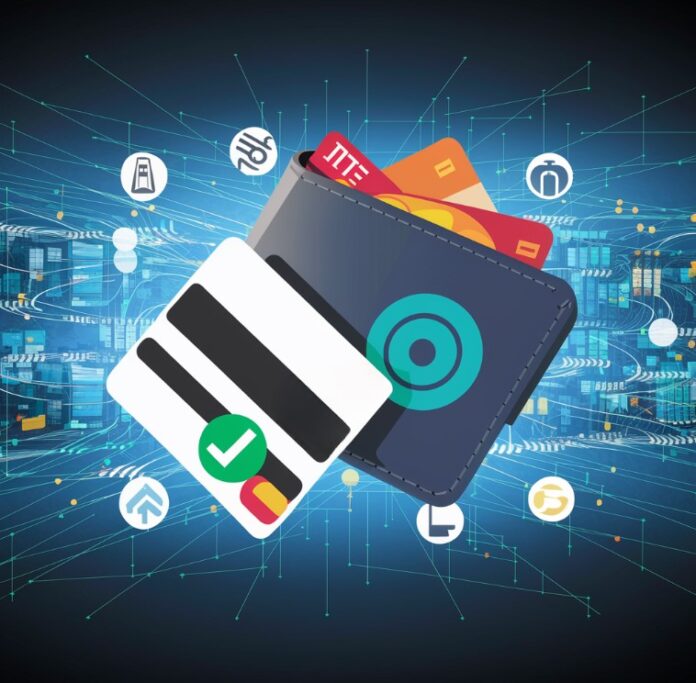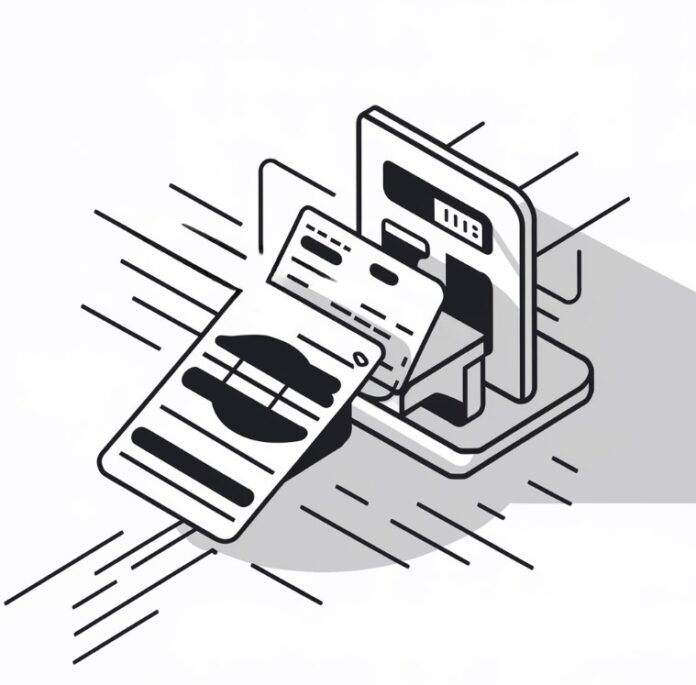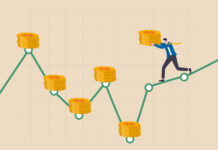The advent of debit and credit card payments has significantly altered the landscape of financial transactions worldwide. This shift from cash to digital payments has not only influenced consumer behavior but has also transformed the operational dynamics of businesses.
The convenience, speed, and security offered by these payment methods have propelled their popularity, suggesting a potential decline in cash usage. However, the complete disappearance of cash transactions seems improbable, as they continue to hold value in certain contexts and demographics.
For those interested in exploring innovative payment solutions, particularly in the Android ecosystem, this android payment app offers a glimpse into the future of digital payments.
Historical Context
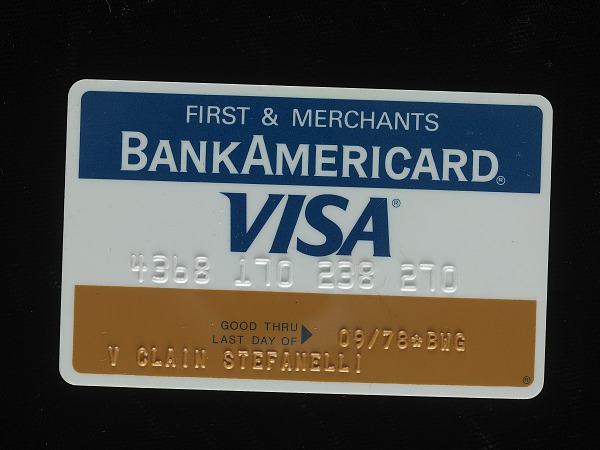
The transition from cash to card payments didn’t happen overnight. The concept of credit cards dates back to the early 20th century, but the first modern credit card was introduced by the Diners’ Club in 1950. It was initially designed for travel and entertainment expenses, and its popularity paved the way for other credit cards to enter the market.
The first debit card, known as the “BankAmericard,” was introduced by Bank of America in 1975. It allowed customers to access their checking accounts electronically and make purchases without writing checks.
In recent years, the use of debit and credit cards has surged, with some countries like Sweden and South Korea moving towards becoming cashless societies. In Sweden, only around 1% of the country’s GDP is now made up of cash transactions.
Contactless payment, also known as “tap-and-go,” has gained popularity in recent years due to its convenience and speed. In 2019, Visa reported that over 100 million contactless payment cards were in circulation in the United States alone.
Debit cards followed, offering direct access to one’s bank account without the promise of credit. This evolution was not just technological but cultural, marking a shift in how people perceived and managed their money.
Consumer Adoption
The rise in debit and credit card usage is largely driven by consumer demand for convenience and efficiency. Paying with a card is faster than dealing with cash and change, especially with the advent of contactless payments. Moreover, these payment methods have expanded consumer purchasing power, allowing for immediate acquisition of goods and services, often beyond immediate cash availability. The security features, such as fraud protection and the ability to cancel lost or stolen cards, further enhance their attractiveness over cash.
Business Implications
For businesses, the shift towards card payments has necessitated adaptation. Retailers, large and small, have had to invest in payment processing technology and bear the associated costs. However, these investments often result in streamlined operations and improved customer satisfaction. Digital transactions provide businesses with valuable data on consumer behavior, enabling more targeted marketing and inventory management. Yet, this digital shift also presents challenges, including the need for cybersecurity measures and navigating the fees associated with card transactions.
Technological Advancements
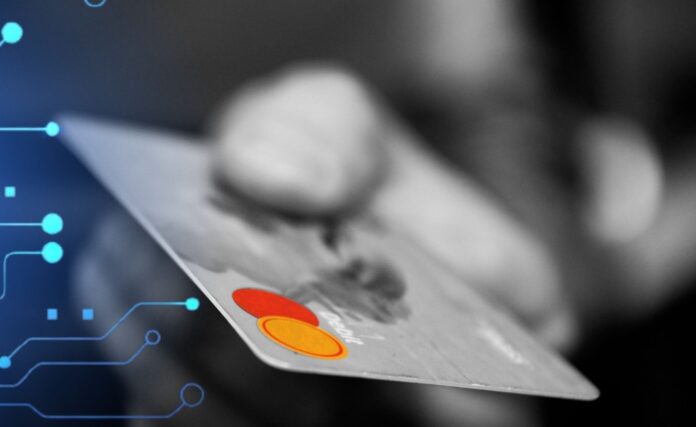
The technology behind debit and credit card payments has evolved significantly. Early magnetic stripe cards have given way to chip cards and contactless payments, enhancing security and convenience. Mobile payment platforms and e-wallets are now extending the functionality of traditional cards, enabling smartphone transactions. These advancements not only make transactions quicker but also integrate financial management tools, further embedding card payments into the digital lifestyle of consumers.
Global Trends
The adoption of card payments varies globally, influenced by factors such as technology infrastructure, regulatory environments, and cultural attitudes towards credit. In some regions, card payments are nearly ubiquitous, while in others, cash remains king. Emerging markets have leapfrogged directly to mobile payments, bypassing traditional banking and card infrastructure. This global diversity suggests that the future of payments will not be uniform but will instead adapt to local contexts and needs.
Societal Impact
The shift towards digital payments has broader societal implications. It offers the potential for greater financial inclusion, bringing banking and credit services to underserved populations. However, it also raises concerns about privacy, data security, and the digital divide. The reliance on digital payments requires access to banking services and technology, which might not be available to all, potentially excluding certain groups from the mainstream economy.
The Future of Cash
Despite the rise of digital payments, cash is unlikely to disappear entirely. It continues to offer anonymity, universal acceptance, and reliability in the absence of technology. Cash transactions remain important in rural areas, among older populations, and for small-value purchases. The future financial ecosystem is likely to be hybrid, accommodating both digital and cash transactions to meet diverse needs and preferences.
As technology continues to advance, new payment methods are emerging, such as cryptocurrencies and biometric payments. These innovations may further reshape the landscape of debit and credit card payments in the years to come.
Conclusion
As the world leans more towards digital ways of handling money, the way we buy things and think about money is changing. Debit and credit card payments have become a big part of this change. They’re making it easier and safer for people to shop, whether they’re buying something in a store or online. But even with all these cool advancements, it doesn’t mean we’re going to stop using cash altogether anytime soon.
Cash has been around for a long time, and it’s not going to disappear overnight. There are still plenty of places and situations where paying with cash is easier or the only option available. Some people also like using cash because it helps them manage their spending better. Plus, not everyone has access to bank accounts or the internet, and you often need to use debit and credit cards or mobile payment apps.
So, what we’re looking at in the future isn’t a world without cash but a world where we have more choices on how to pay. Whether you prefer tapping your phone for a payment, swiping a card, or handing over cash, there’s going to be an option that works for you. This variety is great because it means more people can buy what they need in a way that suits them best. It’s all about making life easier and making sure no one is left out just because they prefer one payment method over another.
As we move forward, it’s important for everyone, from big businesses to schools and even our own families, to understand and talk about these changes. That way, we can all make the most of the new tools and systems coming our way, ensuring that buying things is simple, safe, and inclusive for everyone, no matter how they choose to pay.
